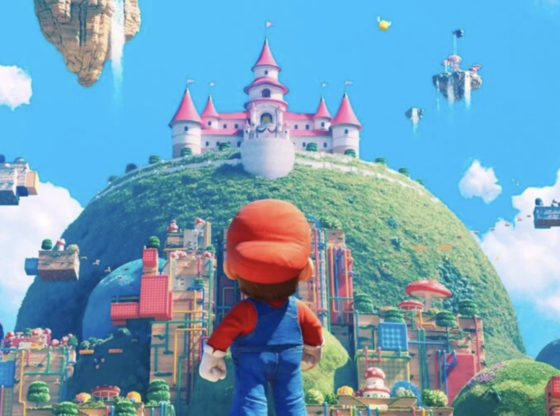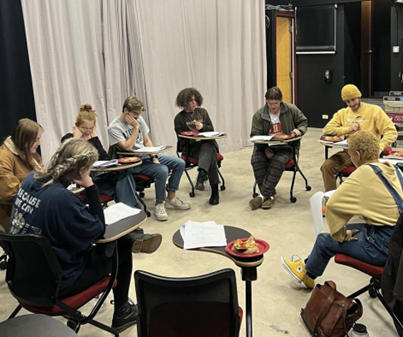The latest in the Robert Langdon series by Dan Brown, “Inferno” follows Robert Langdon as he travels around Europe once more in an attempt to save the world. This time, Langdon must interpret riddles concerning Dante Alghieri’s novel “The Divine Comedy” in order to prevent a madman’s scheme from coming to pass and killing many people. “Inferno” is the fourth book in the series that tells the story of Langdon, an American professor of religious iconology and symbology, who manages to become entangled in conspiracies that require him to interpret a series of clues to save lives.
Differing from the other novels, this story begins halfway through, where Langdon awakens in a Florentine hospital with a gunshot wound and retrograde amnesia. With no recollection of what had transpired in the last few days, Langdon must work to understand the hallucinations he repeatedly experiences of an elderly woman next to a sea of blood, repeatedly urging him to “seek and find.” His doctor, Sienna Brooks, who has been working to save him, steps into an even greater role when someone breaks into the hospital and attempts to kill Langdon. Brooks assists Langdon in escaping, in addition to committing herself to interpreting Langdon’s hallucinations.
As Langdon comes closer and closer to understanding his reason for being in Italy, the varying clues also point to a startling conclusion. A madman, Bertrand Zobrust, claims that he is going to release a virus with the potential and strength to affect the entire world—in an attempt to save it. His plan comes from the well-recognized fact that at the rate the population on Earth is growing, it is not far from experiencing apocalyptic collapse. The virus is an attempt to limit the threat of overpopulation, with its effects sped up by many years to create a bigger sense of crisis within the novel.
In earlier novels about Langdon, the importance of his clue-solving was on a much smaller scale, typically with a single murder spurring his investigation. This novel dealt with a much larger scale, potentially yielding a worldwide effect. Brown’s novels are always historically accurate, but not necessarily believable, since much of the time they deal with secret societies and other far-fetched concepts. Like some of his earlier novels, “Inferno” presents an inconceivable threat to the world, one that is not in the least relatable to the readers. This makes it difficult to connect emotionally with the book, tempting readers to delve in only if they want facts mixed with speculation.
Despite its lack of believability, “Inferno” was extremely captivating in its presentation. Extreme research has gone into Brown’s creation of the novel and that is definitely evidenced by its in-depth detail. Everything from intricate descriptions of the location and style of architecture of the Hagia Sophia to the background history of Dante is included to supplement Langdon’s adventures around Europe. The facts, written as if pulled from a guide book, will prove interesting to some and boring to others. Sadly, this book seems to contain much less research than some of Brown’s earlier novels, dealing purely with Dante and clues that the reader cannot witness themselves. One example is a passage of text written on the back of Dante’s death-mask. The death-mask can be viewed by the public, but the passage of text is not viewable by the public; it does not actually exist. In contrast, in Brown’s earlier novel “Angels and Demons,” various statues around Rome, which can be easily viewed by all, were used to lead Langdon to his discovery, and do in fact, point in the directions that Langdon follows in the novel.
Far-fetched but intriguing, “Inferno” will be well enjoyed by Brown fans, but not from new readers to the series. The story was an interesting read, but all in all, it proved to be less well thought out and researched than Brown’s previous novels. The Langdon saga does not seem as if it can advance any farther, especially in a world that has been so widely changed after this novel. It will be interesting to see if Brown continues on Langdon’s storyline or chooses to create a new and most likely revitalizingly different series.











